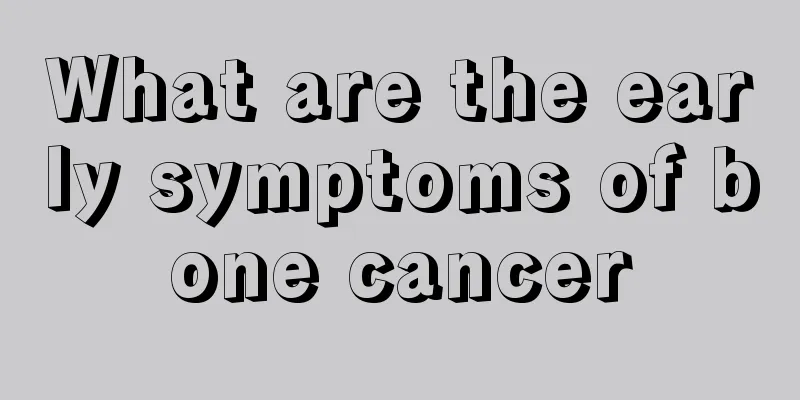What is tuberculosis?

|
I believe everyone knows that tuberculosis is a disease that is difficult to cure. In the early years, tuberculosis was even considered an incurable disease. Generally, after getting tuberculosis, what everyone needs to pay attention to is reasonable control and choosing standardized methods to treat tuberculosis. Tuberculosis has an epidemiological history, so it is a very contagious disease with a wide range of transmission routes. Mycobacterium tuberculosis is a genus of mycobacteria that was discovered in 1882 by German microbiologist Robert Koch. Under a microscope, tuberculosis bacteria appear as slender, slightly curved or straight rods, measuring (0.3~0.6 μm) x (1~4 μm). They are scattered individually, in V or Y shapes, or arranged in strips or short chains. Mycobacterium tuberculosis is an obligate aerobic bacterium that grows very slowly. On solid culture medium, the generation time of Mycobacterium tuberculosis is 18 to 20 hours, and the culture time requires more than 8 days to 8 weeks. The colonies are rough on most media. It is resistant to acid and acid alcohol decolorization, so it is also called acid-fast bacillus. Mycobacterium tuberculosis actually includes human, bovine, mouse and African types, which are the Mycobacterium tuberculosis complex, among which human, bovine and African types are pathogenic bacteria. Epidemiology 1. Source of infection: The main source of tuberculosis infection is patients with pulmonary tuberculosis with positive sputum smear or culture, among which smear-positive pulmonary tuberculosis is the most contagious. 2. Transmission route: Mycobacterium tuberculosis is mainly transmitted through the respiratory tract. When patients with active pulmonary tuberculosis cough, sneeze or talk loudly, droplet nuclei with a single tuberculosis bacterium as the core will be formed and suspended in the air, thereby infecting new hosts. In addition, the tuberculosis bacteria coughed up by patients dry and attach to the dust, forming bacterial dust, which can also invade the human body and cause infection. Transmission through the digestive tract, urogenital system, and skin is extremely rare. |
<<: What should I do if I have a cold stomach and feel like vomiting?
>>: What is the treatment for sudden deafness?
Recommend
What are the ways to style your hair?
A person's mental temperament will also be af...
How to treat alcohol withdrawal syndrome
Some friends who drink alcohol for a long time ma...
What are the causes and treatments of headaches when getting up in the morning
In Journey to the West, you can see the scene whe...
11 traits passed down from parents to their children
Children will have many similarities with their p...
Cut your feet at the beach?
When you go to the beach to play, it is inevitabl...
What are the symptoms of prostate cancer before death in the late stage
If the symptoms of prostate cancer are not found ...
What are the symptoms of low potassium in the body?
Potassium is very important in the body. If the p...
What should I do if I have calf muscle mass
The calf muscles will affect the shape of our ent...
What are the signs of gallbladder cancer
In recent years, gallbladder cancer has become on...
How to take care of a mother during her confinement period?
Women will be very weak and have very low mental ...
How to treat turtle skin rot
Many girls like to keep some small pets at home, ...
The back of my head is itchy and there are large pieces of dandruff
Many people may have had this experience: when sc...
It hurts if I can't open my mouth wide
The inability to open the mouth and the pain when...
Teach you tips on how to get rid of dandruff
Not paying attention to scalp hygiene and incorre...
In the late stage of testicular cancer, we should also pay attention to nursing care
Everyone knows that once testicular cancer spread...









